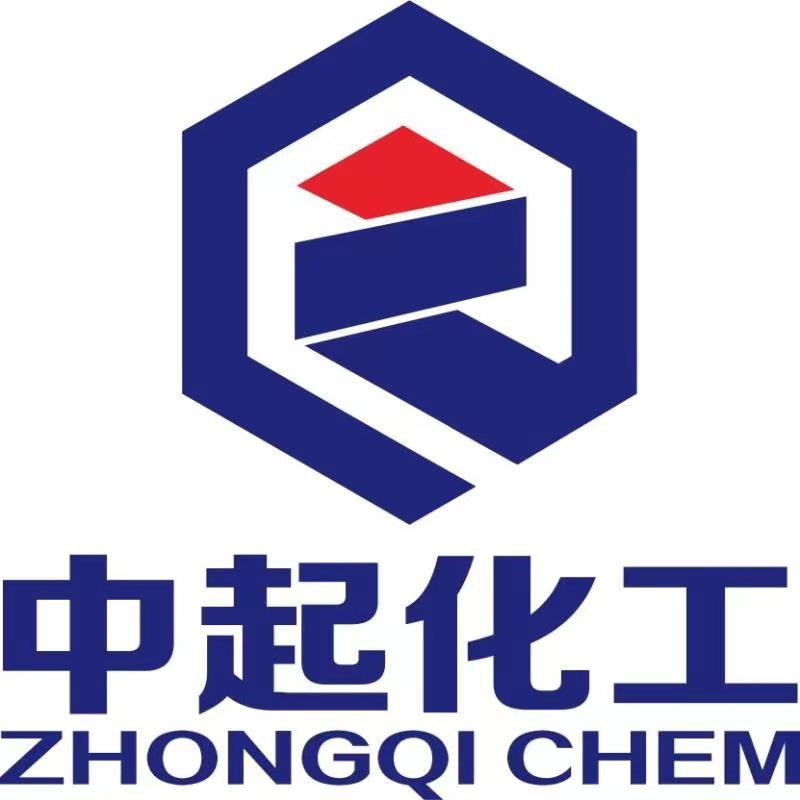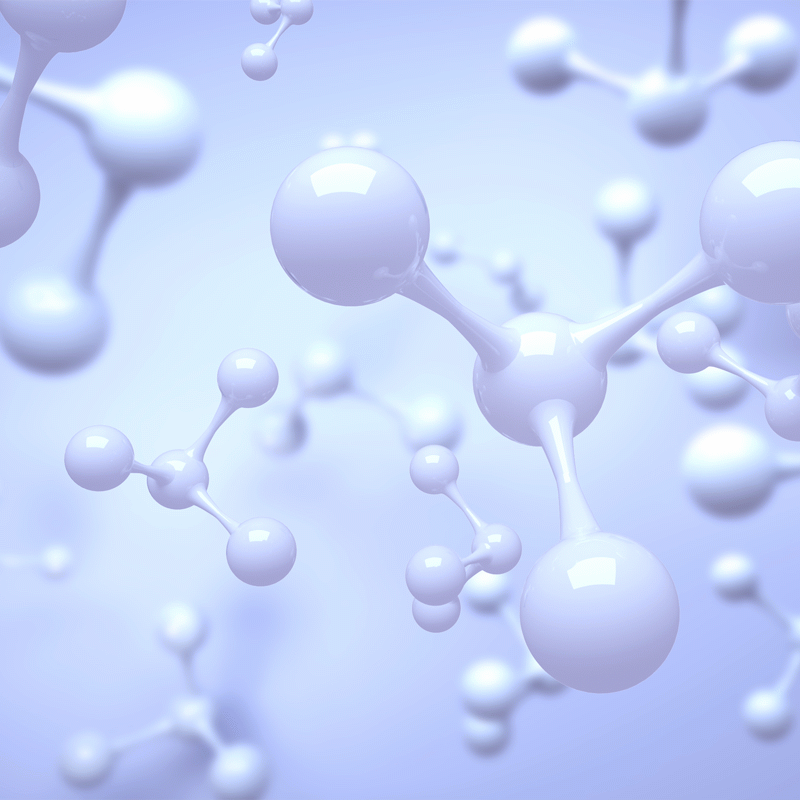-
Categories
-
Pharmaceutical Intermediates
-
Active Pharmaceutical Ingredients
-
Food Additives
- Industrial Coatings
- Agrochemicals
- Dyes and Pigments
- Surfactant
- Flavors and Fragrances
- Chemical Reagents
- Catalyst and Auxiliary
- Natural Products
- Inorganic Chemistry
-
Organic Chemistry
-
Biochemical Engineering
- Analytical Chemistry
-
Cosmetic Ingredient
- Water Treatment Chemical
-
Pharmaceutical Intermediates
Promotion
ECHEMI Mall
Wholesale
Weekly Price
Exhibition
News
-
Trade Service
Undecanedioic acid is a chemical compound commonly used in the production of various industrial and household chemicals.
The production process of undecanedioic acid involves several steps, each of which requires careful attention to detail and the use of specialized equipment.
In this article, we will take a closer look at the production process of undecanedioic acid, from the raw material selection to the final product.
Step 1: Raw Material Selection
The production of undecanedioic acid starts with the selection of suitable raw materials.
The raw materials used in the production of undecanedioic acid include fatty acids, glycerol, and other organic compounds.
The selection of raw materials depends on several factors, including the desired purity of the final product, the cost of raw materials, and the availability of raw materials.
Step 2: Preparation of the Reactants
After the selection of raw materials, the next step is to prepare the reactants required for the production of undecanedioic acid.
This involves the esterification of fatty acids and glycerol to produce an ethyl ester of fatty acids.
The esterification reaction is carried out in the presence of an acid catalyst, such as hydrochloric acid, and a solvent, such as ethanol.
Step 3: Transesterification
The ethyl ester of fatty acids produced in the previous step is then subjected to transesterification, which involves the exchange of the ethyl group with another functional group.
This step is carried out using a transesterification catalyst, such as sodium hydroxide, and a solvent, such as methanol.
The transesterification reaction converts the ethyl ester of fatty acids into a fatty acid alkyl ester.
Step 4: Distillation
After the completion of transesterification, the fatty acid alkyl ester is distilled to remove any impurities and to increase the purity of the final product.
The distillation process involves heating the fatty acid alkyl ester to produce a vapor that is condensed back into a liquid form.
This process is repeated several times to achieve the desired purity of the final product.
Step 5: Crystallization
After the distillation process, the fatty acid alkyl ester is allowed to cool and then subjected to crystallization.
Crystallization involves the formation of solid crystals from the liquid mixture.
The crystals are then collected and dried to produce the final product, undecanedioic acid.
Conclusion
The production process of undecanedioic acid involves several steps, each of which requires careful attention to detail and the use of specialized equipment.
The selection of raw materials, preparation of reactants, transesterification, distillation, and crystallization are all important steps in the production of undecanedioic acid.
The ability to produce high-quality undecanedioic acid with a high level of purity is essential for the successful production of a wide range of industrial and household chemicals.







